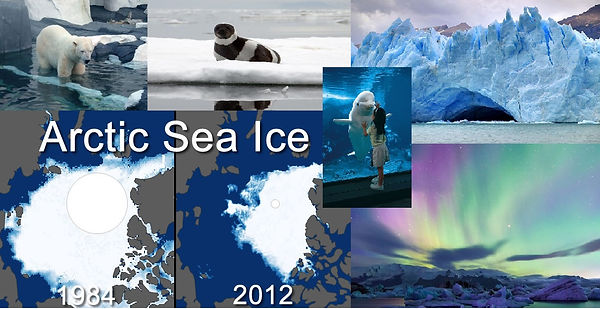
New Dawn by Tony the Tigger
This land in Animal Kingdom focuses on an era of adaptation often overshadowed by the Jurassic: the time when mammals inherited the Earth after the dinosaurs went extinct and eventually led to modern-day mammals, including man.
The E-ticket ride, "Asteroid! - Witness The New Dawn," a grand dark ride in the tradition of Spaceship Earth and New Horizons, will let guests ride through not just the moment the asteroid hit Earth (imagine the effects!) and the immediate demise of the dinosaurs near it, but also the following period where the rest of the dinosaurs died out more slowly and/or adapted to become modern birds and reptiles, while somewhat familiar-looking mammals such as eohippus, an early horse about the size of a dog, and leptictidium, a sort of kangaroo-rat, began to thrive and take over the world.
Two other attractions will include a virtual safari, in which guests ride vehicles through foliage representative of the time period with animatronic reproductions of the early mammals interspersed with some cgi scenes of those animals on screens, and a 3-D theater experience with a lighthearted animated film showing an early human child interacting positively with a woolly mammoth (think retro-Jungle Book.)
The gift shop will feature so many unique items you'd never find at Toys R Us, as none of these creatures are licensed, and who wouldn't want to take home a stuffed eohippus?
For dining, there's a quick service raw bar, there's "The Fire Pit" with hand-foods like the turkey leg and pork shank, and a casual sit-down restaurant designed to look like it's inside a huge cave, with stone tables and a credibly primal-themed menu.
The Polar Ice by FigmentPigments
In 1998, Animal Kingdom has a plethora of animals ranging from some of the largest land animals, to the most agile of birds, to the smallest of insects, but these are all warm weather representations of the animal kingdom and therefore a gaping hole needs to be filled and that is what this new land, The Polar Ice, will do with an E Ticket ride, a dark ride, 1 table service venue, 1 quick service location, several snack carts, a walking experience with no less than 12 animal exhibits, and will also emphasize the melting polar regions and how that is effecting the wildlife there and what we can do to help.
Guests will enter an international research facility and be greeted by large windows and an overhead dome (screens) that show the frozen tundra outside with snow storms and animals wandering by before heading to either of the feature attractions: Kotick’s Quest, a dark ride that retells the story of the white seal’s adventures to find a new home for the seals away from greedy and uncaring men or to the E ticket ride through the wonders of the frozen north pass towering glaciers that calve practically on top of guests, to underground ice caverns, down rushing rivers between converging glaciers, and ending under the aurora borealis among the native wildlife.
Tundra Trek will take guests “outside” to explore the wildlife of both the arctic and Antarctic ice fields featuring otters, wolverines, foxes, wolves, caribou, reindeer, musk ox, before diving below to view the underwater exhibits of the beluga whales, polar bears, walruses, several species of seals, and varying types of penguins and puffins; and while the majority of the animal exhibits will be indoors to accommodate the cold temperatures (which guests will certainly appreciate during the hotter days), some exhibits (polar bears, beluga whales, and certain penguins) will have both indoor and outdoor enclosures with connecting spaces to allow the animals the freedom of movement from outdoor to indoor as they desire.
Of the dinning locations, the quick service location is modeled after the researcher’s cafeteria complete with long lunch tables where everyone can sit together (to conserve heat) and view migration charts of the polar animals, photographs and identification of the many glaciers, and other small details that show this facility is lived in, but the table service is located “outside” where guests enter through an ice tunnel and are lead to one of several different rooms that each have its own entertainment (the aurora borealis shines overhead, a glacier calves, or ancient cave paintings come to life to name a few).
After a filling meal, guests can wander into the heart of the research facility to see scientific side of the polar ice caps through interactive exhibits, short films, and stories to help bring the issue of the melting ice caps to the forefront and accent the importance of this eroding environment to the many majestic animals that call the polar ice caps home.
